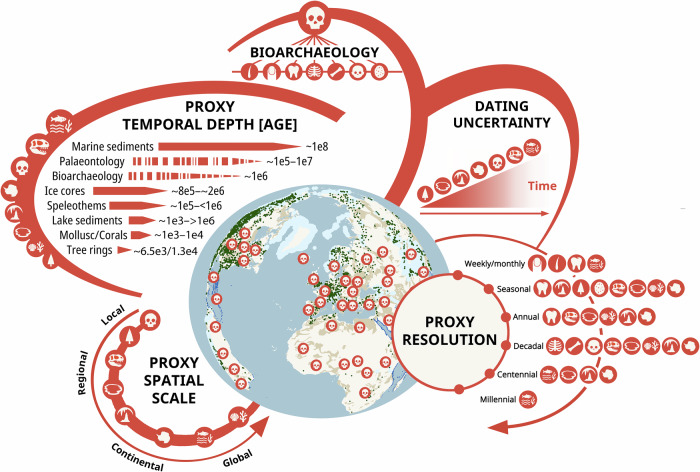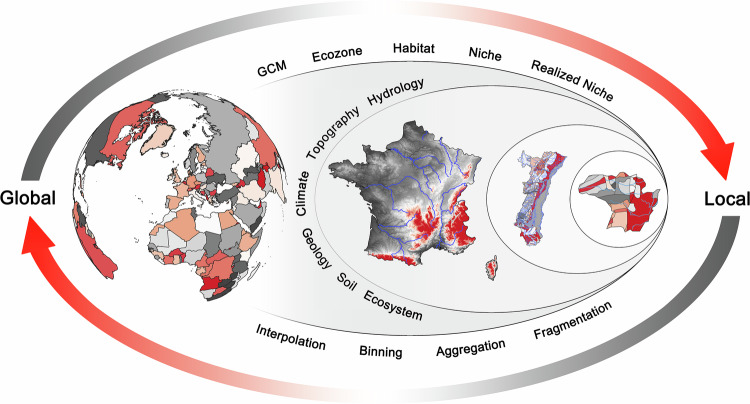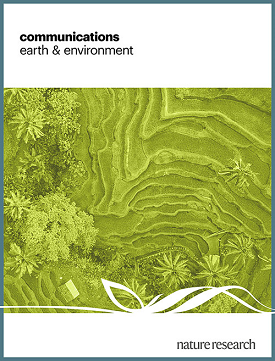生物考古同位素资料的古环境潜力。
IF 8.9
1区 地球科学
Q1 ENVIRONMENTAL SCIENCES
Communications Earth & Environment
Pub Date : 2025-01-01
Epub Date: 2025-07-01
DOI:10.1038/s43247-025-02507-7
引用次数: 0
摘要
生物考古学不仅提供了对人类、动物和环境生态学的见解,而且还产生了大量其他学科尚未充分认识的稳定和放射性成因同位素数据。在这里,我们提出了将考古同位素数据整合和解释到环境研究中的潜在途径。我们强调可以在大时空尺度上观察到同位素模式,例如使用等尺度,考古研究同位素数据的局限性和潜在缺陷,以及生物考古学和其他古学科之间未来的跨学科合作。本文章由计算机程序翻译,如有差异,请以英文原文为准。


The palaeoenvironmental potential of bioarchaeological isotope data.
Bioarchaeology not only provides insights into human, animal, and environmental ecology, but also generates huge amounts of stable and radiogenic isotope data that are not well recognised by other disciplines. Here, we present potential avenues for the integration and interpretation of archaeological isotope data into environmental studies. We emphasise the large spatio-temporal scales on which isotope patterns can be observed, for example using isoscapes, the limitations and potential pitfalls that come with isotope data from archaeological research, and future cross-disciplinary collaborations between bioarchaeology and other palaeo-disciplines.
求助全文
通过发布文献求助,成功后即可免费获取论文全文。
去求助
来源期刊

Communications Earth & Environment
Earth and Planetary Sciences-General Earth and Planetary Sciences
CiteScore
8.60
自引率
2.50%
发文量
269
审稿时长
26 weeks
期刊介绍:
Communications Earth & Environment is an open access journal from Nature Portfolio publishing high-quality research, reviews and commentary in all areas of the Earth, environmental and planetary sciences. Research papers published by the journal represent significant advances that bring new insight to a specialized area in Earth science, planetary science or environmental science.
Communications Earth & Environment has a 2-year impact factor of 7.9 (2022 Journal Citation Reports®). Articles published in the journal in 2022 were downloaded 1,412,858 times. Median time from submission to the first editorial decision is 8 days.
 求助内容:
求助内容: 应助结果提醒方式:
应助结果提醒方式:


